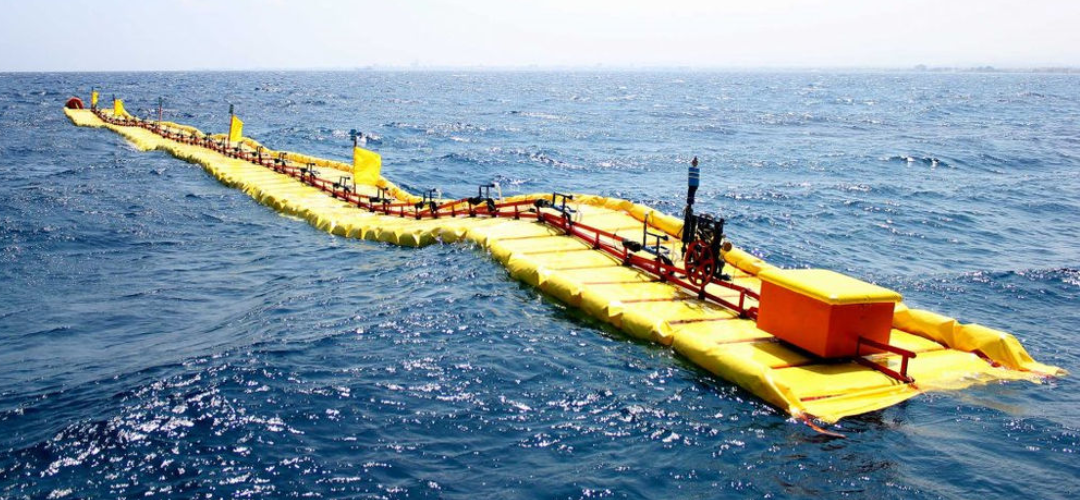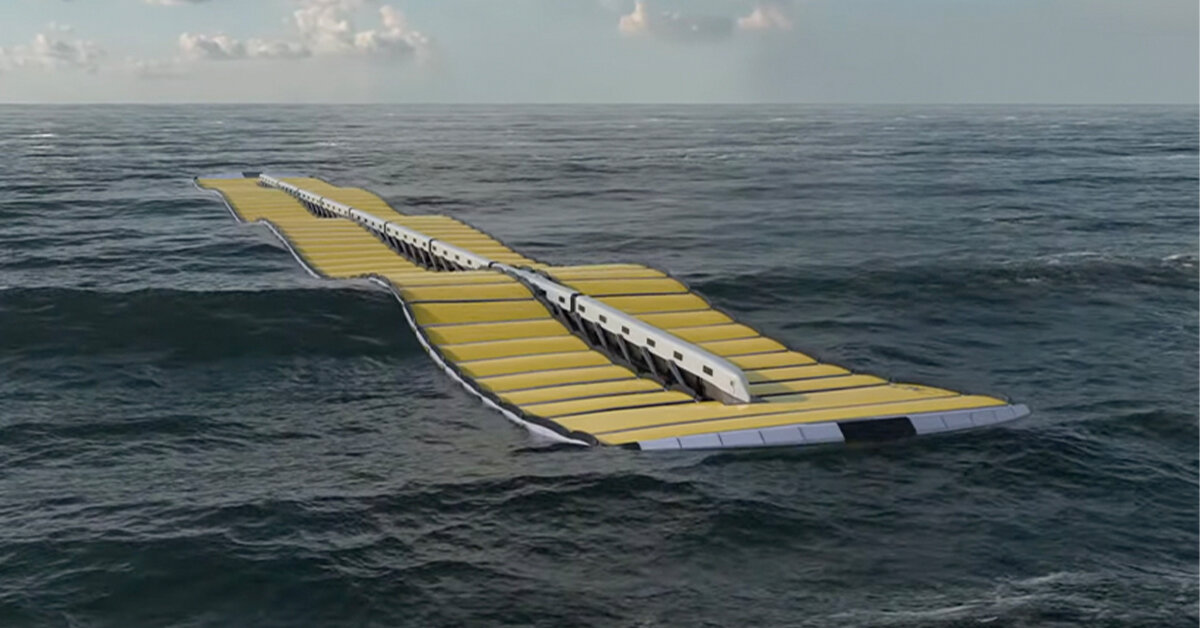A “Swel” Wave for Sustainable Energy
February 4, 2024 | Expert Insights

As the world looks for sustainable energy sources to meet the uncapped demand for electricity, the layers of long-term viable solutions come undone to prove both energy and the resources utilised to generate it must be as equally efficient as possible. Fortunately, we see development in an optimistic trajectory by a company based in Cyprus and the UK that has tenaciously worked for about ten years on creating a viable alternative. Sea Wave Energy Limited’s (SWEL) Waveline Magnet (WLM) harnesses the power of waves and generates energy and hydrogen. It is an intriguing and almost revolutionary device as there is word that it could eventually compete with fossil fuel as an ecologically sustainable and friendly energy source.
Background
The Waveline Magnet (WLM) resembles a flattened eel that floats on waves with a sturdy design built to withstand even waves of large natural displacement (following Natural Displacement Theory). The spine, or the power system, holds several platforms on either side, attached by levers allowing it to rest comfortably on the sea surface, otherwise known as the wave line. The spine converts the wave power into energy with spectacular output even at the developmental stages.
The defining feature of the WLM is the symbiotic relationship between the device and its use of waves. The device floats on the waves, and the greater the wave power or the natural displacement of the wave, the more energy it can generate. The MLW is constructed with materials readily found, unlike solar panels that require specific solar cells and glass sheets or windmills that are laborious to manufacture and costly to transport. Substituting redundant production processes for the utilisation efficiency of existing resources makes it light, affordable and quick to assemble and transport. In a year and a half, SWEL claims the device would launch in commercial markets and would be able to manufacture it within weeks.
The WLM is made of recycled plastics that cut down, but not nullify, the consumption and harm rate of the device by a considerable degree. This option prevents the device from contributing to the prevalent looming threat of mass waste production and water pollution. The energy produced from a single Wave Energy Converter (WEC) is 100MW, and the Raw mechanical power output is as low as 1p/kWh (in pounds). The drastically higher energy generating capacity and lower cost price of energy add scope to its long-term sustainability as a reliable source of clean energy, so much so that it can challenge energy generation through fossil fuel combustion.

Analysis
There are concerns about the WLM’s power production when the strength of waves is low. Before getting to the resolution, it is helpful to understand how waves are produced. Powerful energy from winds transfers to the water to create waves, and large areas over the ocean, called “fetches”, are where these powerful winds blow over, determining the strength and size of waves. However, SEL states that the frictionless functioning of the device harmonises with the water, allowing significant energy production regardless of the weather and wave conditions. This fact resolves the general concern of output sustainability.
When it comes to the dilemma of using recyclable plastic for the platforms, the general public response is to highlight the use of plastic in the ocean when environmental mindfulness aims to keep the two apart. However, the elements of sustainability are economic, social, and environmentally conscious resource utilisation. Recycled plastic is economical because it is already available and is cheap, so it does not require additional infrastructure to produce solely for manufacturing WLMs. Socially, recycled plastic is still a standard above regular plastic or other resource alternatives that would require land or labour to acquire, thereby increasing production, transportation and maintenance costs over time. Finally, recycled plastic is proof of humanity’s attempt at using resources initially disposed of without a second glance. This environmental conscience has allowed for secondary and tertiary levels of use until the material has reached its maximum level of usability.
In terms of sustainability, we can ask questions about whether algae or even silicon could be used. But we must also credit the ten years of in-depth research into the model and trust that future developments will give SWEL the materials it needs to attain complete modular sustainability in clean energy production.
Assessment
- As the energy sector and scientists look towards sustainable and green energy alternatives, SWEL’s Waveline Magnet is a revolutionary development for the field.
- The magnet’s energy production capacity is higher and maintenance costs are lower, making it a viable and non-intrusive energy generator in the short and long term.
- Once large-scale production is achieved, it is a leap for the energy sector. However, the use of alternative resources over plastics and enhancing energy storage capacities would give a better chance to implement this as a consistent energy source.








Comments